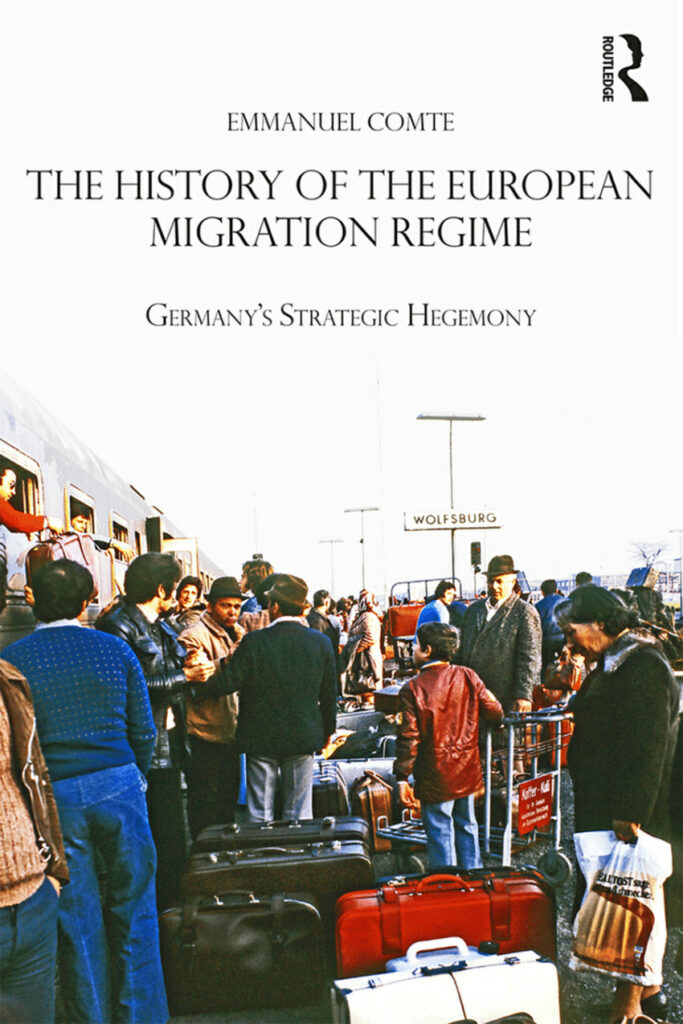
Find the right approach to human movement in Europe
This website offers insights into European history and politics to help you understand how immigration has become such a concern in Europe and how free movement has nevertheless been consolidated within the continent. You will find here the necessary background on the wider governance of public affairs in Europe and the rising challenges confronting today’s regulatory state.
Dr Comte’s books, articles, tailored advice, and educational programmes available here are designed to empower you with profound insights and actionable knowledge on the intricacies of human movement in Europe. By engaging with these resources, you will acquire the expertise to articulate well-informed points and make accurate predictions on pivotal issues. Furthermore, you will be equipped with the analytical tools necessary to craft effective policy programmes that address and resolve these challenges successfully.
